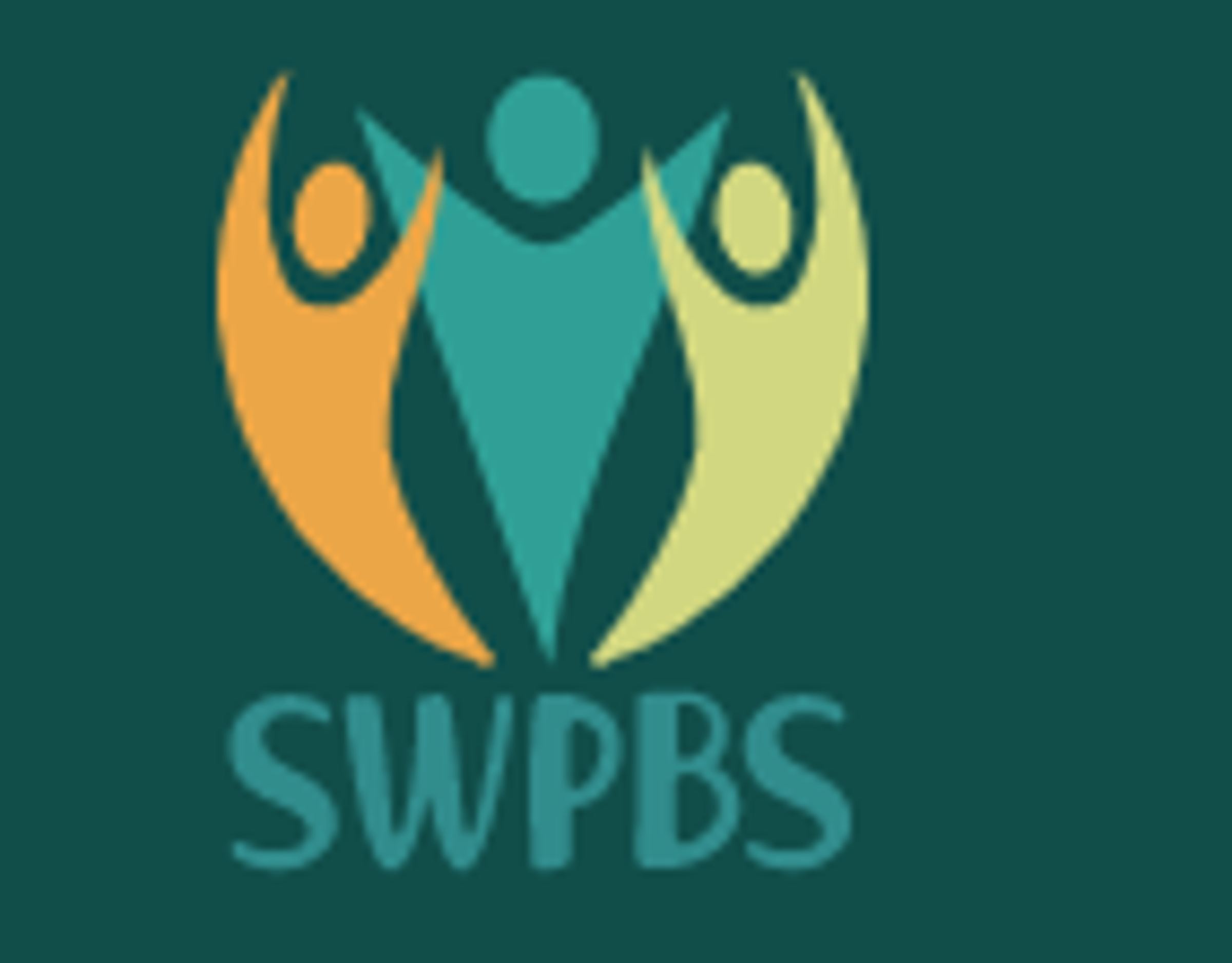School Wide Positive Behaviour Support at Malvern Primary School

Implementation of SWPBS at Malvern Primary School
We are in the process of implementing School Wide Positive Behaviour Support at Malvern Primary School. SWPBS is an evidence-based framework for Victorian government schools for preventing and responding to student behaviour. It is a consistent system of expectations and explicit teaching for all students from Prep to Grade Six. SWPBS practices include teaching behavioural and learning expectations, acknowledging and rewarding students for following them. It involves the establishment of a continuum of behaviour support that considers all students and emphasises prevention, rather than just reacting to inappropriate behaviour. SWPBS is a collaborative effort that actively involves all staff members and students. This co-operative approach recognises the critical importance of consistency across students, staff and all school settings.
How can Families and School Support Each Other?
Teaching behaviours that we expect to see works best when there is consistency across home and school settings. A strong partnership between school and home is important because when families are involved, outcomes for students are better.
There are four important steps to support children with their behaviour:
- Understand why the behaviour occurs
Research shows that letting your child know what you expect and praising them for positive behaviour is a powerful way to prevent problem behaviour. Children often engage in problem behaviour when they are communicating an unmet need. They could be tired, sick, need more connection or have too much energy and need to release it through physical activity.
Common reasons for engaging in problem behaviour are:
-To get attention
-To get an activity (toy or screen time)
-To avoid a person or demand (task)
-Due to physical or medical conditions
2. Change of routines and settings to prevent problem behaviours
Notice if any routines and settings are triggering problem behaviour
3. Teach a new skill (replacement behaviour)
What would you like your child to do instead of engaging in problem behaviour?
We aim to provide reminders and praise them for helpful behaviour.
4. Change how you respond to problem behaviour
When responding, try to keep a calm voice and ask the child to use words and figure out what it is that your child wants and needs.
Our SWPBS team is working towards developing a Malvern Primary School Expected Behaviour Matrix. The specific set of expectations will be developed in consultation with staff, students and parents. The positive behaviours on the Expected Behaviour Matrix will be explicitly taught in all classrooms across the school. Each week, one of the expectations from the matrix will be a focus for the whole school. Please stay tuned for more information from our SWPBS team and keep an eye on our school newsletter for further updates. If you have any questions about SWPBS please do not hesitate to contact me brooke.stirling@education.vic.gov.au
Cadell Duke, Brooke Stirling, Barry Gallagher and Adriana Trikolas
